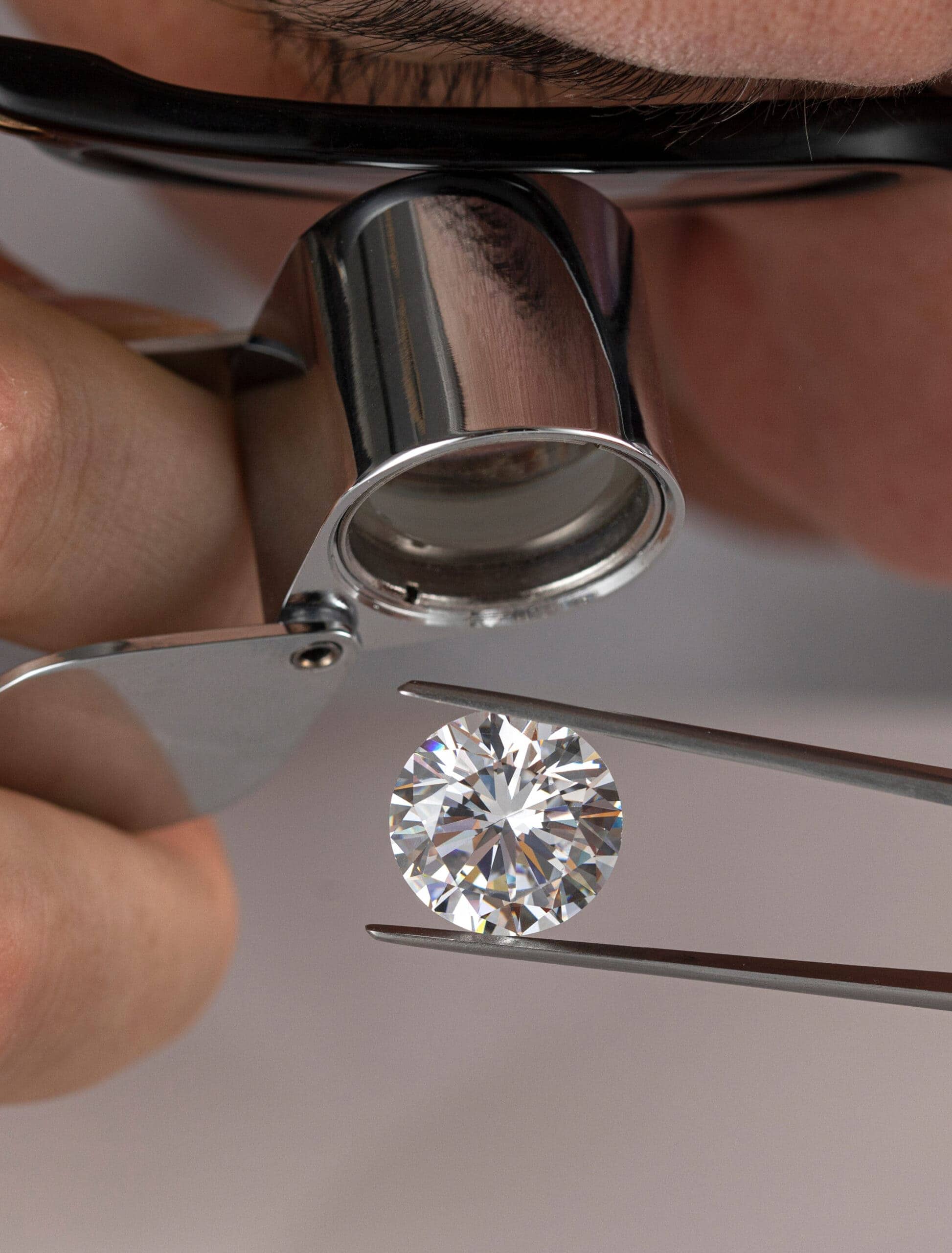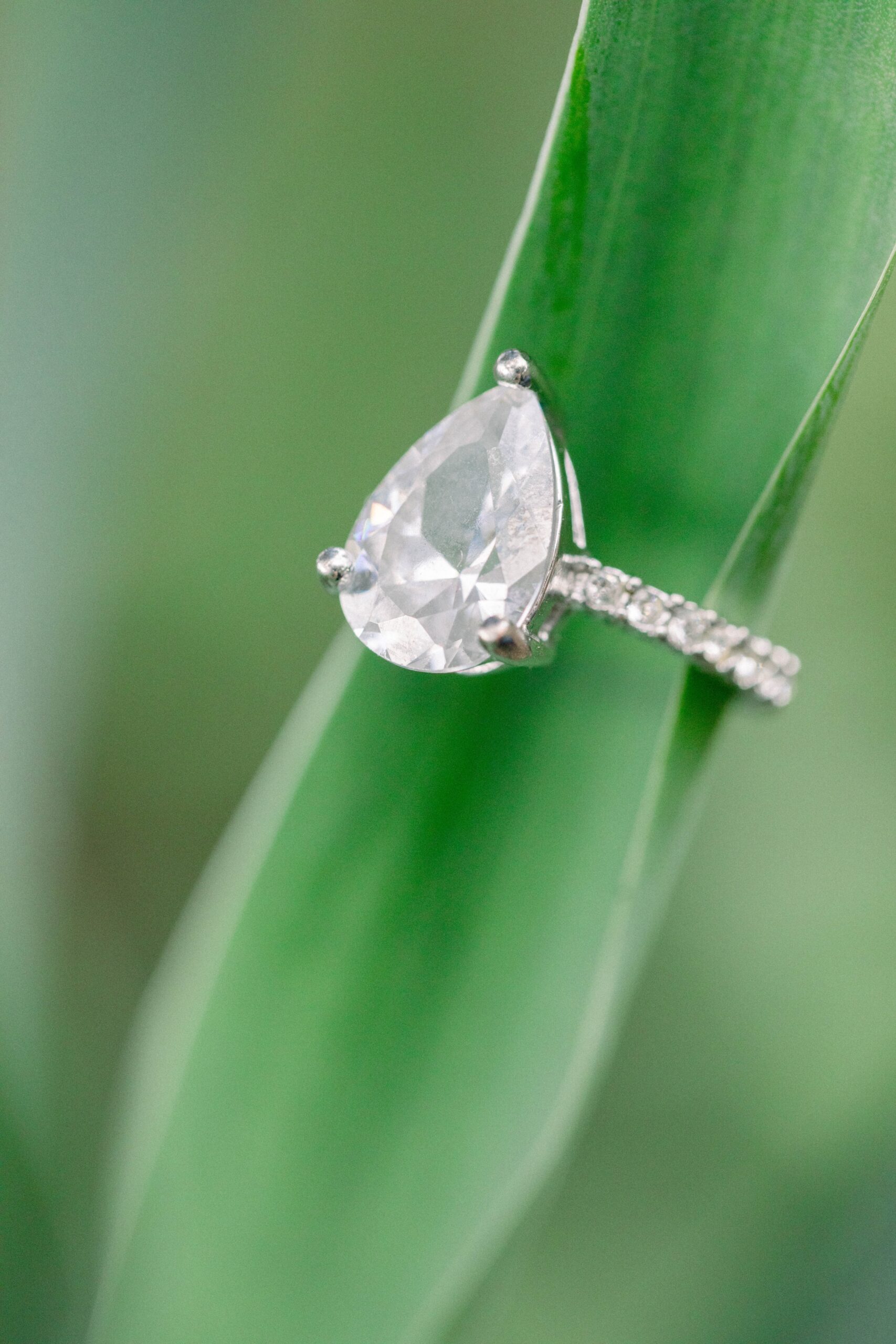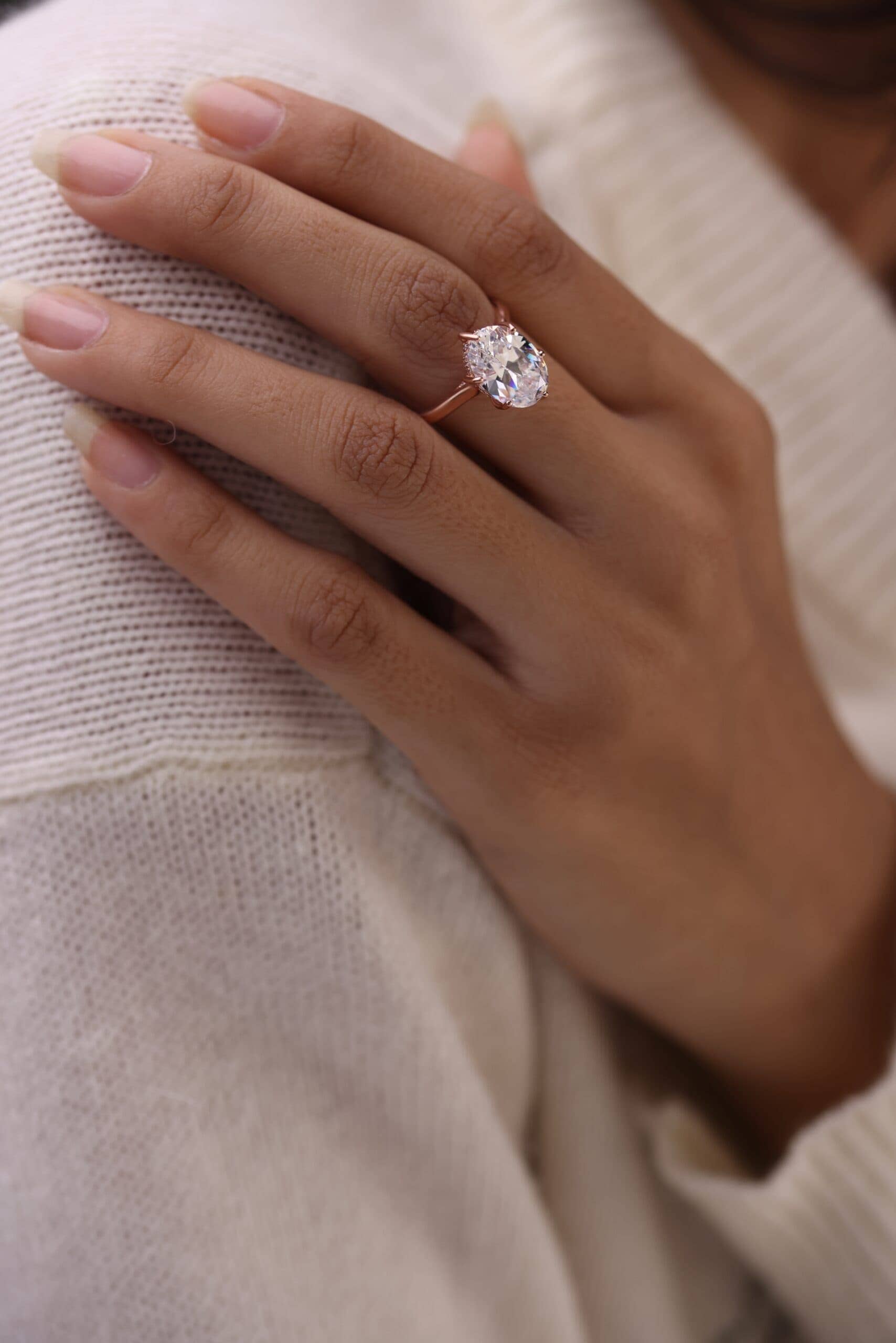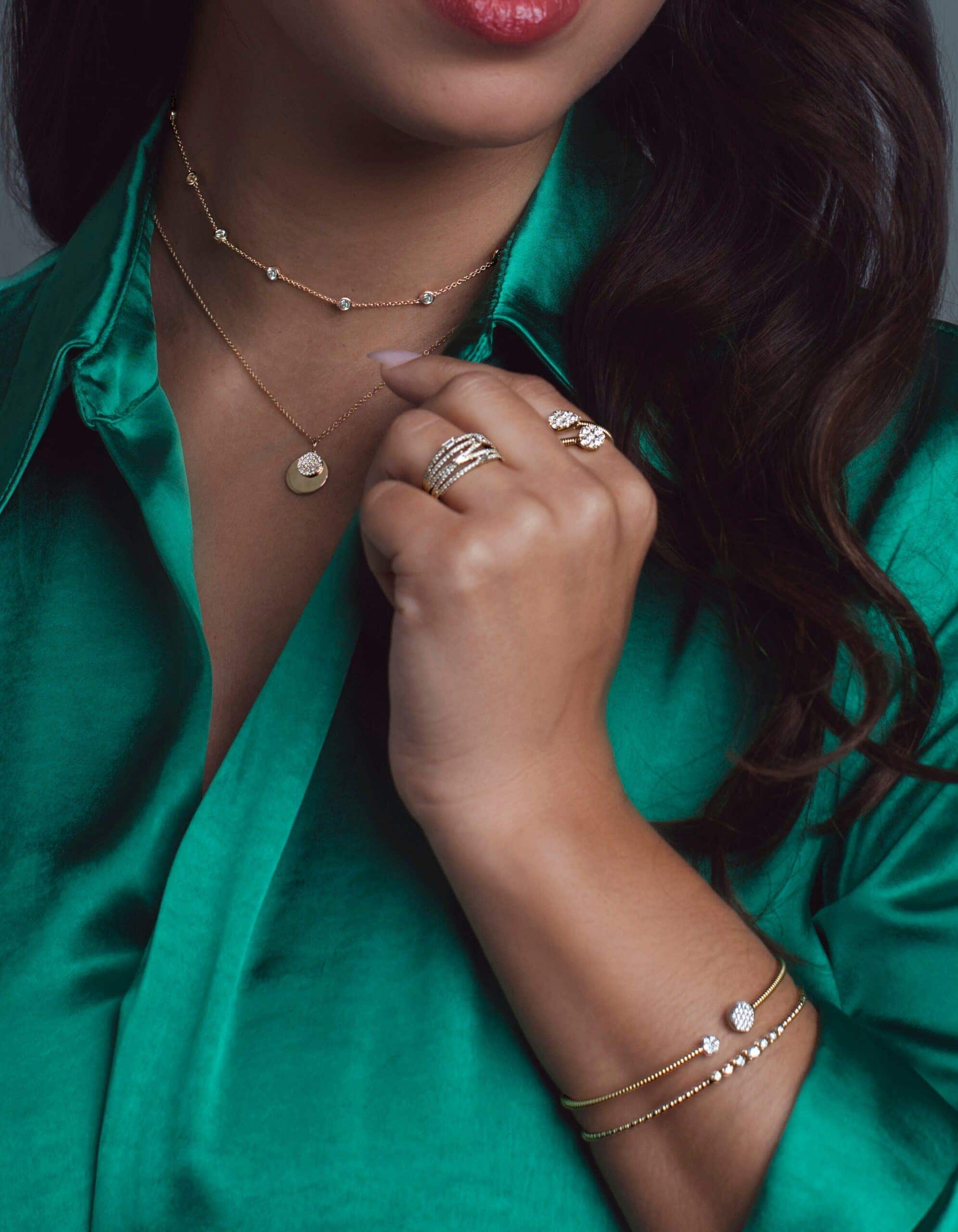Ethical elegance in every facet

The Rise of Lab-Grown Diamonds

Understanding Lab-Grown Diamonds

The Ethical Imperative

Distinguishing Between Natural and Lab-Grown Diamonds

Implications for Jewellery Owners
Brownhill’s Recommendations
Regular Valuation and Adequate Insurance: Whether your diamonds are natural or lab-grown, ensure that any jewellery or watches featuring these gems are regularly valued and insured appropriately.
Certification: Obtain an authorised certificate from a trusted valuations company. These certificates provide clear descriptions of your item, including the materials and stones used, cut, color, clarity, and carat.
Safe Storage: Ensure that your jewellery and watches are stored in an appropriate, cash-rated safe. The installation should be handled by an approved and recognised business.
